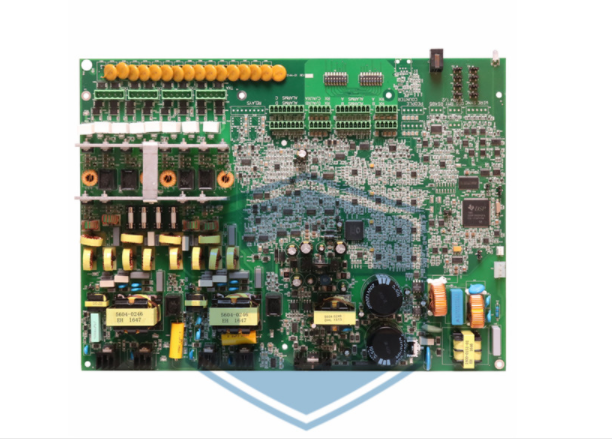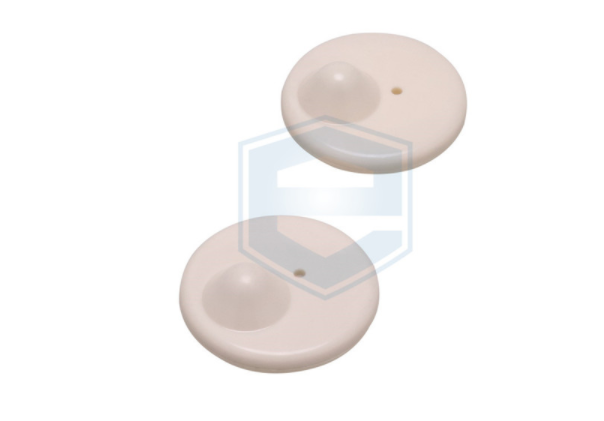We often encounter the problem of swiping cards in our lives, such as swiping the bus card on the bus, swiping the subway card on the subway, and going out to live in the hotel, there is also a small room card for swiping to open the door. So what is the principle of this card? This is about radio frequency identification (RFID) technology.
1. What is RFID technology
Radio frequency identification (Radio Frequency Identification, RFID) technology is a non-contact automatic identification technology using radio frequency communication technology. Compared with the traditional bar code, magnetic card and other contact recognition technology, radio frequency identification technology can achieve non-visual, multi-target recognition, has the advantages of waterproof, anti-magnetic, long life, large capacity, no mechanical loss, information can be encrypted, content can be changed, etc. . Nowadays, RFID technology has been widely used in people's daily life, the most common ones are public transportation, access control management, second-generation ID card, public food and drug hygiene management, etc. As shown in Figure 1, there are some non-contact cards that we usually see frequently. These are the applications of RFID technology.
2.The principle of RFID reader card
The working frequency range of RFID read-write card is 10~15MHz, and the working frequency is 13.56MHz. The working order of readers and electronic tags usually has two kinds of timing: one is that readers speak first (RTF, Reader Talk First): the other is tags first speak (TTF, Tag Talk First). RTF mode: Electronic tags only send data when they receive special commands from the reader. TTF mode: The electronic tag enters the energy field of the reader to actively send its own serial number. TTF radio frequency tags have the characteristics of fast recognition speed and are suitable for occasions requiring high-speed applications. In addition, the TTF method is more robust in a noisy environment, and is more practical in handling situations where the number of tags changes dynamically. Therefore, it is more suitable for tracking and tracing applications in industrial environments.
The RFID antenna system includes a reader antenna and a tag antenna, that is, a reader card system consists of two parts: a non-contact radio frequency card (PICC) and a reader (PCD), where the PICC is also called a radio frequency storage transponder. The data exchange between them is carried out through the ISO/IEC 14443 TYPE A and TYPE B interfaces. The following briefly describes the working principle of the two.
3. Working principle of non-contact RF card
The contactless RF card is composed of clock extraction, frequency division chain, sequence circuit, Miller code generator, rectifier, modulator, power management, and memory.
Electronic Tags and readers use inductive coupling for energy transfer and communication. The antenna coil of the reader generates a high-frequency strong electromagnetic field. The magnetic field passes through the cross section of the coil and the space around the coil, so that the tag antenna close to the reader coil of the reader generates an induced voltage in the alternating magnetic field. After the rectifier circuit rectifies the coupled radio frequency (13.56MHz) signal and smoothes it by the filter capacitor C2, the power management circuit will activate the internal circuit of the card when the power supply voltage reaches the internal circuit operating voltage. The 13.56MHz signal is divided by the frequency divider chain circuit. The clock required for communication can be generated. This clock is the baud rate for data transmission. If you want to set the frequency division factor to 128, 256, 1024, 2048, 4096 or 8192, you need to select it in advance. After the information (64 bits) stored in the ROM is read out, the Miller code can be generated by the Miller code generator, and the Miller code can be used for load modulation, and the stored information is sent out.

4. the working principle of the card reader
The card reader is composed of two parts: sending and receiving. Sending: RF RF signals are output from the pins TX1 and TX2 of the PCD base station chip, which can directly drive the antenna coil. The phase relationship between the modulated signal and the type of RF signal (modulated or unmodulated carrier) output by TX1 and TX2 can be controlled by the corresponding register of the PCD base station chip. Reception: Receive the modulated carrier signal from the contactless card through the antenna. The carrier demodulation adopts quadrature demodulation circuit. The I and Q clocks required for quadrature demodulation (the difference between the two is 90°) can be in the PCD base station chip produce. After demodulation, the resulting subcarrier modulation signal undergoes amplification, filtering and other related circuits, and the decision circuit performs subcarrier demodulation. The gain of the amplification circuit can be controlled by the setting of the corresponding register of the PCD base station chip.
5. The interaction process between the card reader and the contactless card
The PCD sends the REQUEST command to all non-contact cards within the antenna field. Through the anti-collision cycle, a serial number of the card is obtained. Select this card for authentication and authentication, and then operate the memory card after passing.

Basic Approach to Preventing Retail Business Losses
Apr. 16, 2022
What You Need to Know about EAS Security Tag Alerts
Apr. 06, 2022